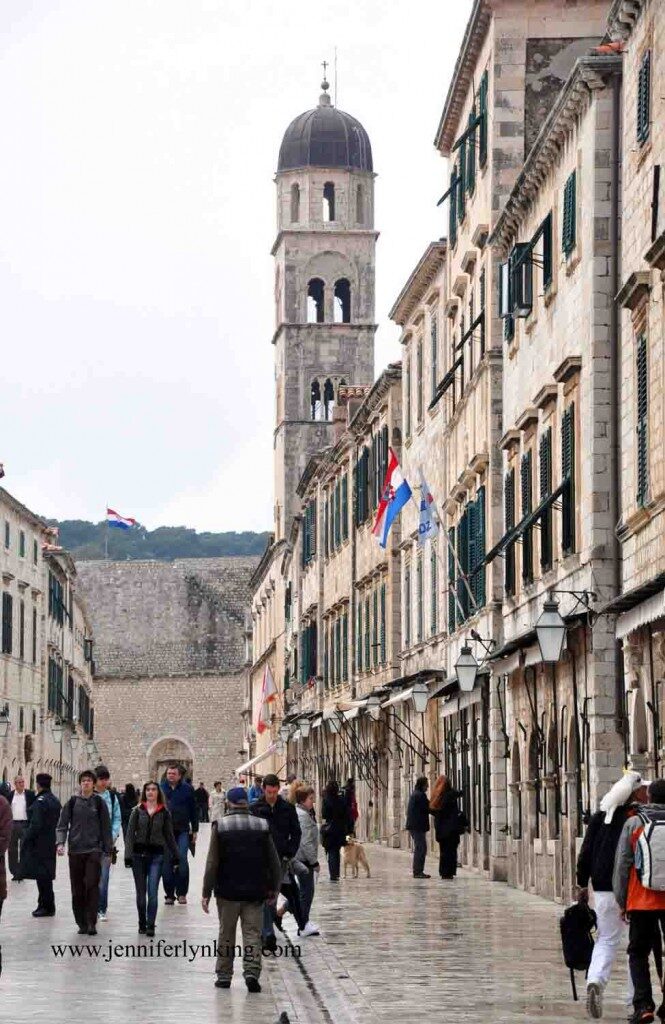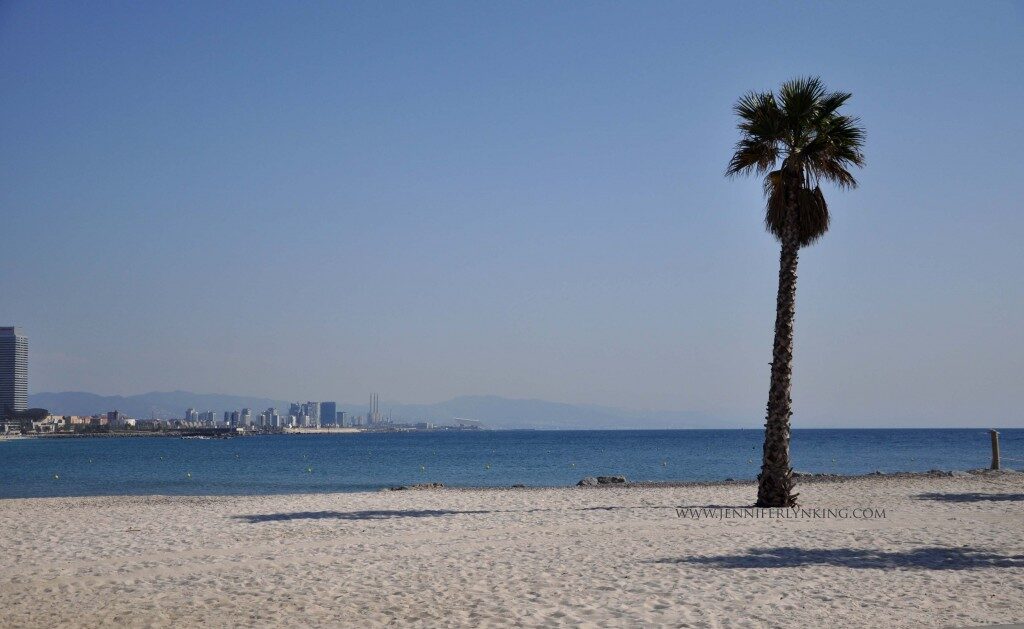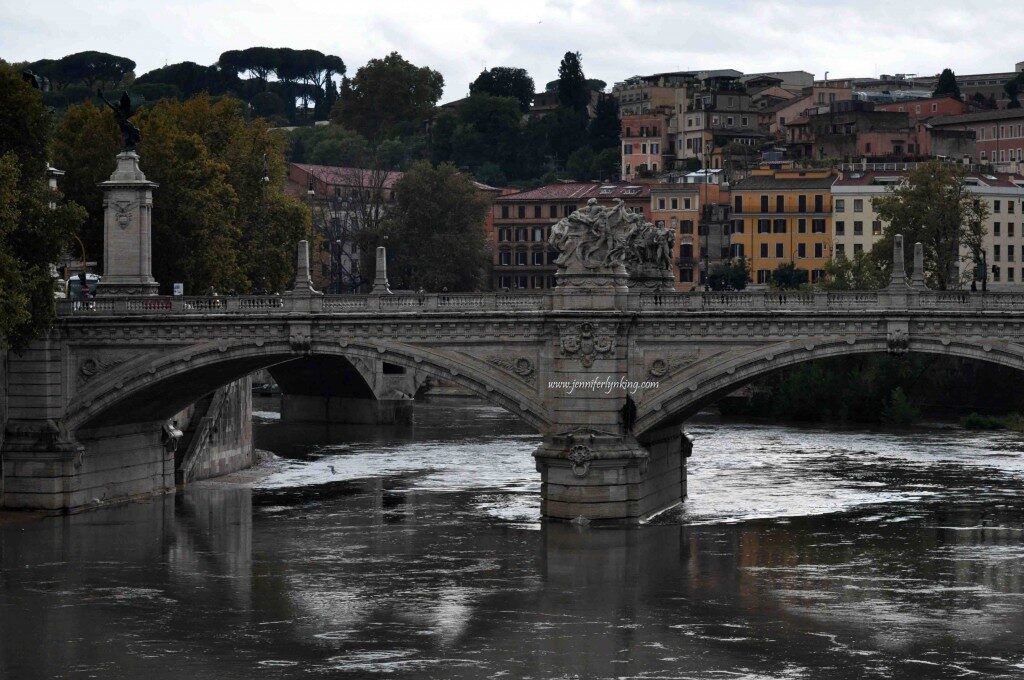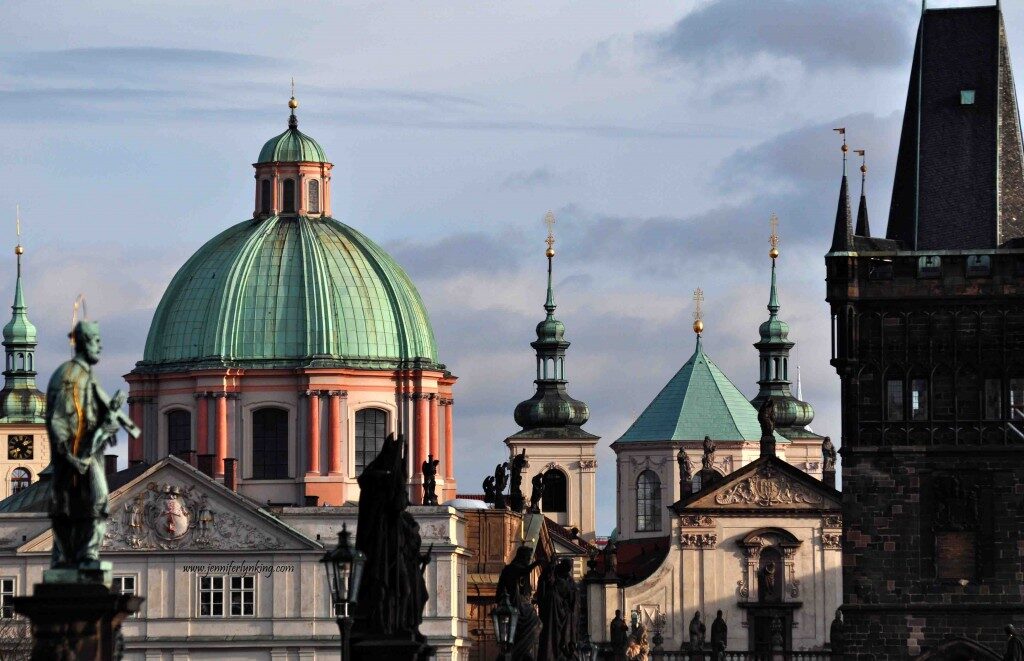The traveler was active; he went strenuously in search of people, of adventure, of experience. The tourist is passive; he expects interesting things to happen to him. He goes “sight-seeing.” ~Daniel J. Boorstin
It’s no secret that I love to travel.

For the past three years, as my family and I have lived in Prague as expats, my love for travel has only grown. We have seen and traveled and experienced more languages and countries (over 20) in these three years than I could have ever imagined. Well, more than I could have imagined from my life in the US.
The biggest thing I’ve learned is that traveling Europe is doable on a tight budget. Most of Europe is within a day’s drive. It’s all dependent on how you travel.
Following, the top ten tips (from my experience) for how to travel Europe on a budget:

Barcelona, Spain
1) Research: buy or borrow a few good books on Europe. Make a list of the top places you’d like to visit in Europe. Start gathering links or clippings on the places you’d like to visit2) Begin watching for airline deals on cheap tickets from your home city to a city you’d like to see in Europe. Deals can be found for even as low as $500 round trip, especially if you have day and month flexibility. The lowest cost airport hubs in Europe tend to be Amsterdam, Paris, Frankfurt, Milan, and a few others.
3) Decide to come in the tourist off-season. For most of Europe, this means any month BUT the end of June, and the whole months of July, August, and September. Here in Prague, the weather is beautiful even in October, part of November, and in April and May.

Rome, along the River Tiber
4) Choose to fly into a city that is central to the area of Europe you’d like to travel. For instance, if you’re hoping to see Switzerland, Salzburg, Lake Como, and Venice, then flying into Milan, Italy would be the best choice because of its central location.
5) Plan the way you’d prefer to travel between cities. I recommend renting a car, because my family and I have enjoyed getting to see and experience the off-the-beaten-path places as we travel between destinations. Some may recommend traveling by train and Eurorail, but consider that in many European countries, the Eurorail isn’t a great option (especially in the former Soviet Bloc regions). If you plan to rent a car, great deals can be found. Ensure that a) you’ve applied for and gotten an International Driver’s Permit at your local AAA office, b) you’ve read up on the differences in traffic laws in European countries from the US, and c) you’ve brought along a dependable GPS navigation system preloaded with European maps.

London
6) Map your travels out on Google Maps or on a hard copy map. Determine the length of your stay in each place. Prepare language guides and local information about each place on your list.
7) Find the places you’ll stay. **This is the biggest way to save money while traveling Europe.** Instead of standard hotels ($250 and up per night per person), search booking.com, traveladvisor.com, flipkey.com, and trustandtravel.com for apartments or villas (sometimes nice places can be found for as low as $350 for 3 nights) where you can stay. Sometimes it’s possible to find a place including breakfast, or one that will accomodate a 3-day stay instead of a week. The best rates are especially available in the off-season. Spend as long as you can on this part, as often, your favorite memories will be of the places where you did a little digging and research to find them. Also, even lower-cost hostels can be found in almost every European town and village.

the stunning Villa at Montecchia
8) Invest in a few brilliant pieces of travel clothing and accessories. Must-haves for Europe include a) a water-repellent jacket, b) a cross-body bag or documents holder for passport and money, c) sturdy walking shoes for treading cobblestones, d) a sweater or sweatshirt (even in the hottest months of the year, it can be cold in Europe!). Be prepared with these few things, and you’ll save money from having to buy it once you’re here. Clothes are expensive in Europe.
9) Invest in a handy camera, or in a camera that is easy to use, that takes great photographs. Chances are, if you’re traveling Europe, you’ll see and experience things you never dreamed of seeing and doing. You need the camera to prove to yourself that you actually did it, later.

Sunrise at Monterosso al Mare, the Cinque Terre, Italy
10) Most importantly, bring your sense of humor. Every time we travel, something unexpected happens. Sometimes it’s big, sometimes it’s small — but there’s always room for serendipity when you bring along a sense of humor.
As Maya Angelou said so well, travel is important: “Perhaps travel cannot prevent bigotry, but by demonstrating that all peoples cry, laugh, eat, worry, and die, it can introduce the idea that if we try and understand each other, we may even become friends.”

The View of Prague’s Spires toward Old Town, from Charles Bridge
Getting to travel Europe and its endless cultural treasures is a dream. Once you’ve been, you’ll want to return again and again. Be prepared for a once-in-a-lifetime trip!
Any suggestions? Anything to add?